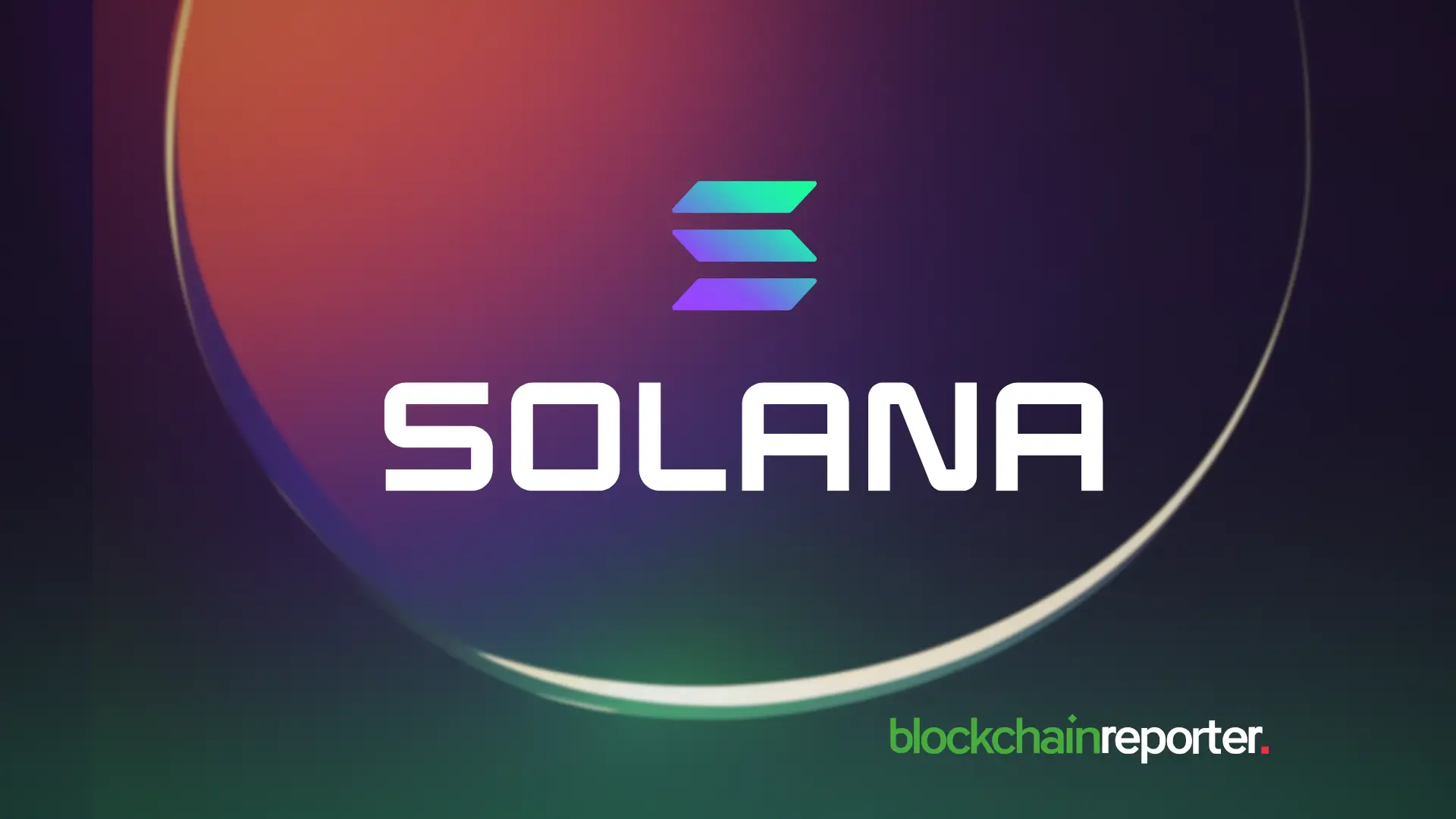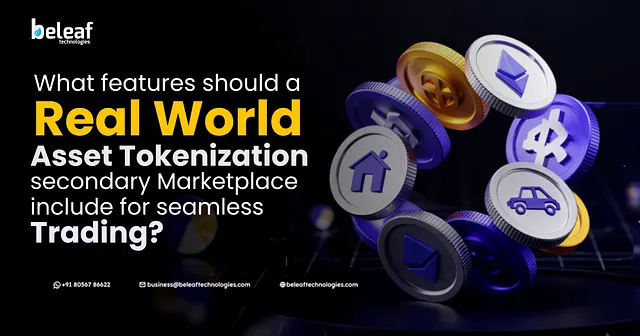Experts Hint at Downtrends in the SOL and ETH Price; Meanwhile, Digitap, the Future of PayFi, Targets 5,000% Gain

Crypto investors are watching the charts closely and things aren’t looking great for the market’s heavyweights. Ethereum (ETH) and Solana (SOL), two of the biggest names in the altcoin space, are both showing signs of fatigue. Technical analysts warn that both could be heading into short-term downtrends after months of volatility and fading momentum.
While old favorites wobble, a new name is beginning to dominate conversations: Digitap ($TAP). It’s a fast-rising PayFi project that’s being hailed as the future of global payments. And here’s what’s turning heads: experts predict up to 5,000% potential gains for early investors as Digitap bridges crypto, banking, and real-world spending like never before.
ETH and SOL Price Activity
Ethereum and Solana have been pillars of the altcoin market for years. But even the strongest assets face corrections, and recent market activity shows both are entering a period of consolidation or even decline.

Ethereum has been showing an upside potential since last week as the price has crossed the $4,600 range. It is seen a sharp increase in on-chain activity. However, some analysts have pointed out that this is temporary gains due to the ETF-driven optimism.
Meanwhile, Solana is currently hovering above $230 levels. It slipped to around $196 in the past week but has managed to come back with a vengeance. Despite that, whales have been moving millions of dollars’ worth of SOL to exchanges. This signals potential sell pressure in this competitive market.
The broader sentiment? Big caps might be entering a consolidation phase and capital is rotating in smaller projects with real utility.
Enter Digitap ($TAP): The PayFi Powerhouse

Digitap is gaining momentum as the most talked-about presale project of 2025. The platform is designed to merge decentralized finance (DeFi) with the simplicity of daily payments. Many regard it as “the missing link” between crypto and legacy payment platforms.
Effectively, Digitap is a financial suite that goes beyond just talking with a live payments app.
The app is available on both the Play Store and the Apple app store with fully functional features. The DigiTap Card (Visa-backed), gives the user the liberty of spending crypto or fiat at any place. This can be done through the website, mobile, store, Apple Pay, or Google Pay.
The project doesn’t leave anyone behind with its features:
- No KYC onboarding for users who value their privacy
- Zero Tracking and full anonymity in transactions
- The lowest fees for global transfers, in comparison with the 6.2% global remittance average
- AI Smart Routing which finds the quickest and least costly way to move funds over the blockchain network
- Omni-banking system that combines fiat and crypto under the same roof
One of the best features of Digitap crypto project is its robust tokenomics. It has a fixed supply of 2 billion tokens in the market. With every transaction happening on their network, a token burning mechanism is used to drop the total supply. Over time the token supply gradually decreases and long-term holders will benefit.

The 5,000% Gain Narrative
When a new project shows this level of real-world integration, analysts start running numbers. Digitap’s presale price of $0.0125 per token has investors comparing it to early-stage Ethereum or Solana valuations. This was the valuation of most early stage projects before their massive runs.
If Digitap captures even the smallest part of the $250 trillion global payments market, its target of a 5,000% increase doesn’t seem difficult. Market watchers have taken note of early adoption trends too. Digitap seems to be building momentum at a pace few projects can match.
Why Investors Are Rotating Into $TAP
Investors are currently rotating money from big crypto projects to enter emerging projects like Digitap. The big names may hold steady, but the upside potential is limited. Thus, Digitap represents the best kind of platform for investors with a low price, real-world payments app, and more.
It’s also part of a larger trend. As crypto matures, investors are prioritizing platforms that deliver real-world utility, not just blockchain infrastructure. In that sense, Digitap serves as the everyday payments layer that DeFi and smart contracts never fully solved.
With a live app, Visa-backed cards, and real-world settlements, Digitap is one of the best altcoins to buy right now. Discover how Digitap is unifying cash and crypto by checking out their project here:
Presale: https://presale.digitap.app
Website: https://digitap.app
Social: https://linktr.ee/digitap.app
También te puede interesar

South Korea’s $657 Million Exit from Tesla Signals a Big Crypto Pivot

CME to launch Solana and XRP futures options on October 13, 2025
